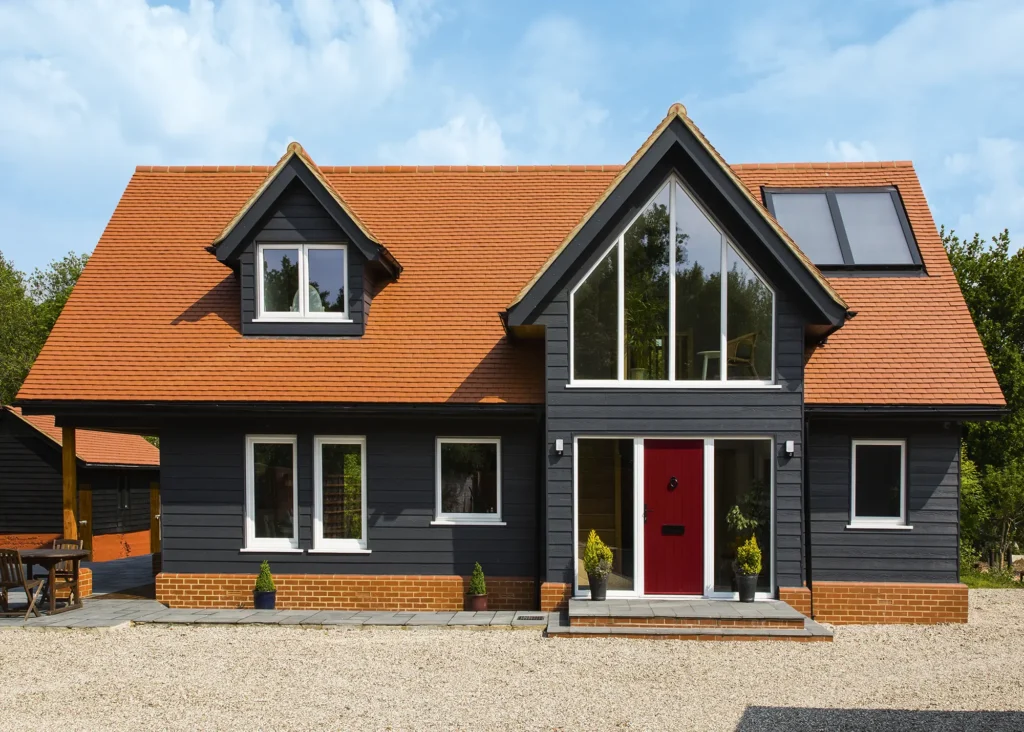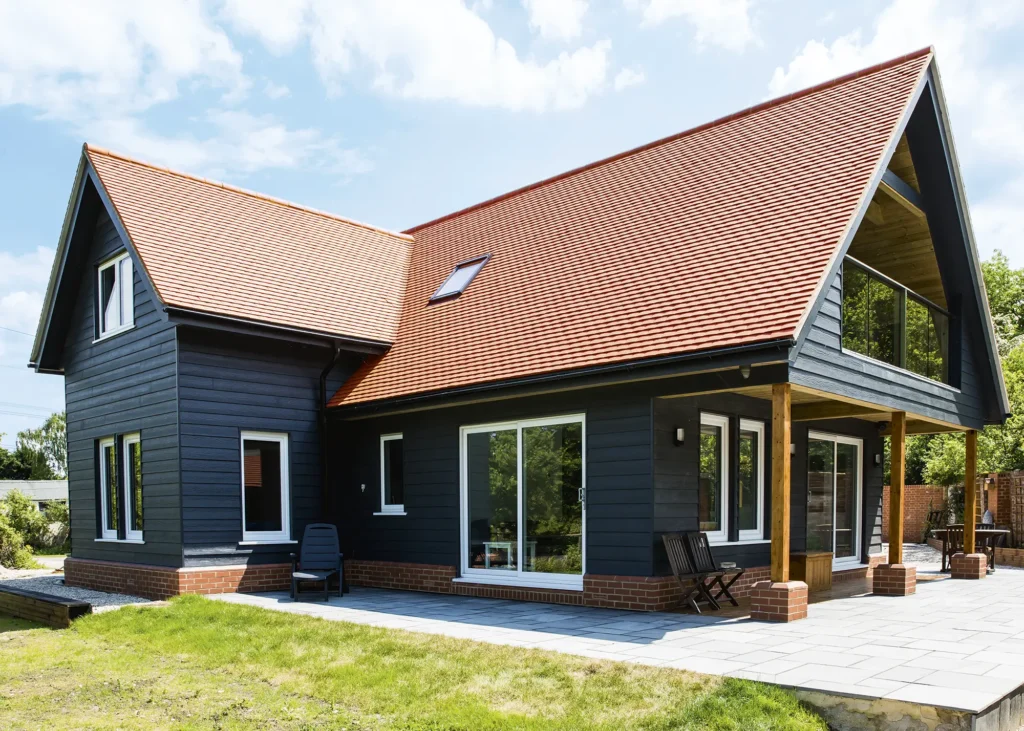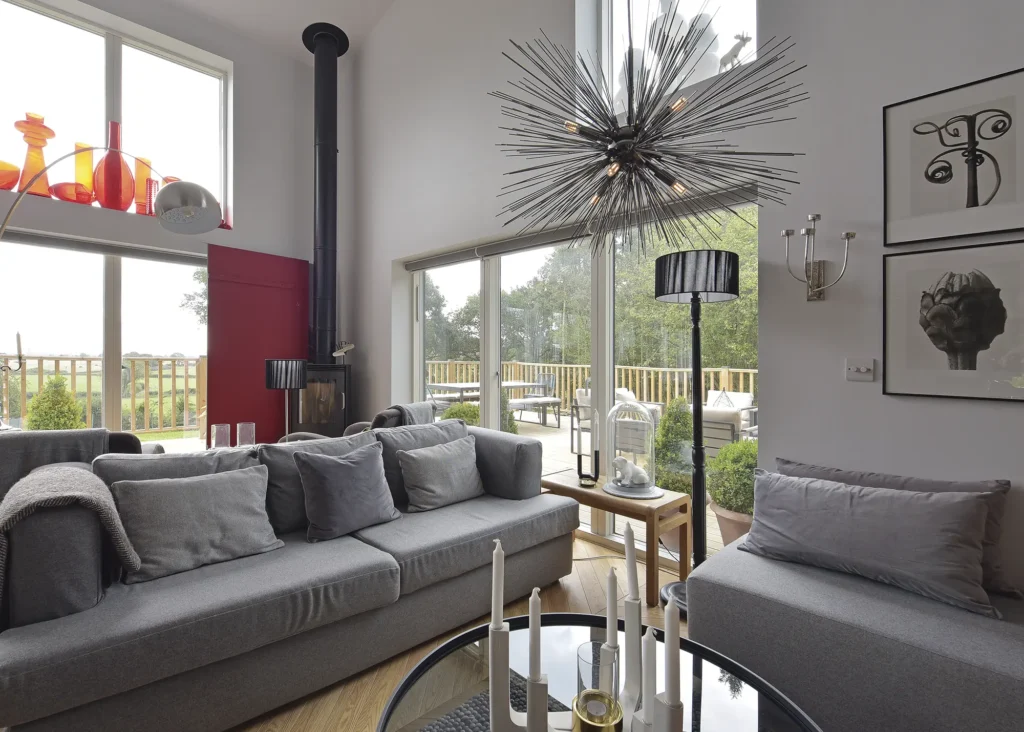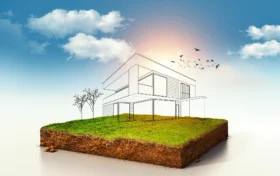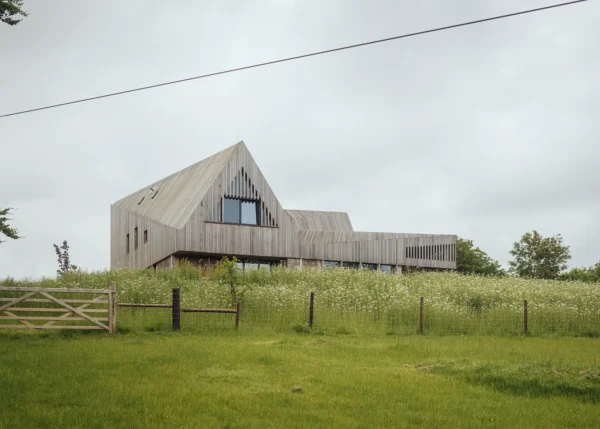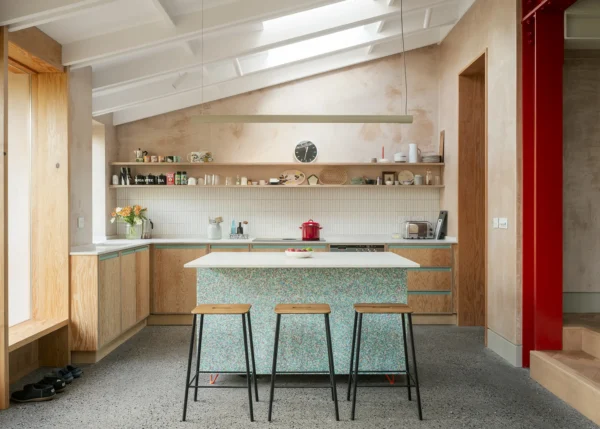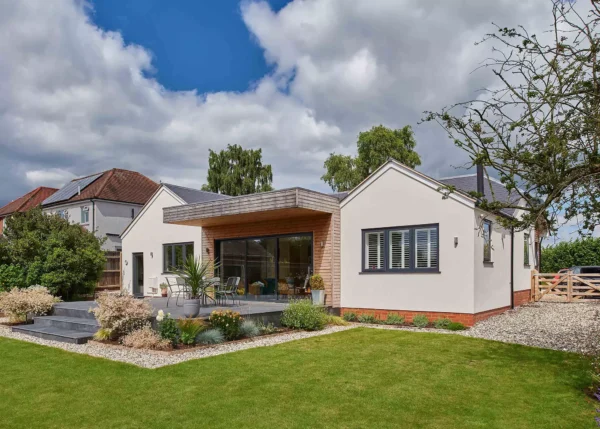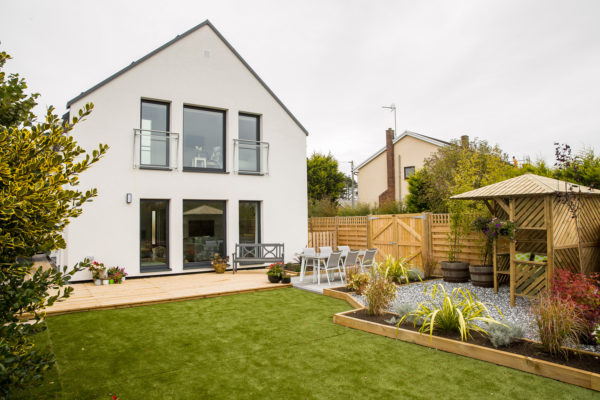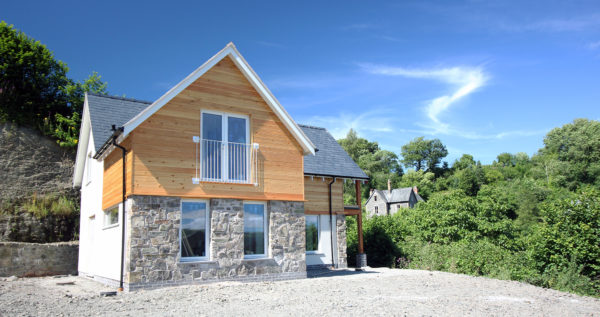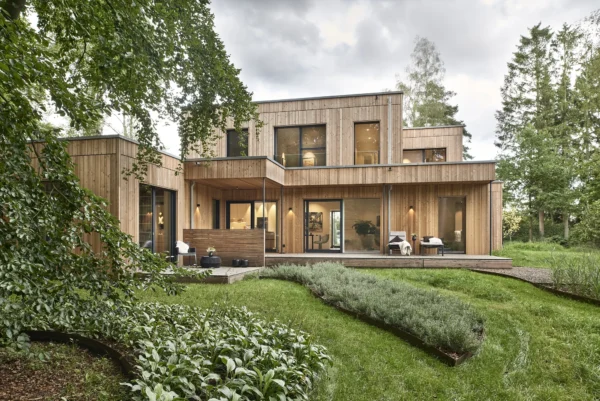Self Building a House in the Green Belt – Planning Restrictions & Exceptions
The main thing you to know about the green belt is that the government really doesn’t want you to build anything there. The National Planning Policy Framework, the document that contains planning policies for England, talks about the great importance of the green belt and is against development there except under very special circumstances.
We sympathise with the government’s aims – no-one wants uncontrolled building on the outskirts of towns spilling into the countryside – but where do the green belt restrictions leave you if you want to extend your home or if you’ve found the perfect site for your dream self build?
Here I’m looking at what the green belt is and why it was first created, what planning restrictions there are in these locations and how you can maximise your chances of getting permission for your project.
What is the Green Belt?
The modern planning system was created in 1947. The first Town and Country Planning Act was innovative in lots of ways and one of its enduring creations was the green belt. The Act allowed local authorities to designate areas of land around towns and villages to stop development sprawling out from settlements. By creating bands that could not be developed, it was expected that the towns within would be developed first and more efficiently.
The first of them was the Metropolitan green belt around London and there are now 14 in England, covering an estimated 1,638,420 hectares and around 13% of the total land area. There 10 green belt areas in Scotland, one in Wales and 30 in Northern Ireland.
The total area has expanded steadily over the years – the London green belt is now about three times the size of the city itself. Although the housing crisis has put pressure on local councils and on the government to remove some areas or relax planning controls within them, this has met fierce opposition from some voters – few politicians are brace enough to tackle the issue.
Labour is touting a fresh ‘grey belt’ approach, but for now we must accept green belts, with their strong presumption against new development, are here to stay.
| Looking for a plot of land for your self build project? Take a look at PlotBrowser.com to find 1,000s of UK plots and properties, all with outline or full planning permission in place |
How is Development Restricted in the Green Belt?
The National Planning Policy Framework (the NPPF) says the main aim is to keep green belt land permanently open. These areas are intended to stop towns and cities sprawling, prevent neighbouring towns from merging, encourage urban regeneration by directing development into the centre of towns and protect the countryside.
The starting point is that there should be no new buildings in the green belt. There are a few exceptions set out in policy (keep reading to find out more). The most common one allows homeowners to extend their houses as long as the addition is not disproportionate in size relative to the house when it was first built. Another exception allows you to demolish a house and build a new one in its place, if the new one is of a similar size.
CASE STUDY Replacement home in the green beltWhen Peter and Donna Granger bought a group of dilapidated former farm buildings in Essex with the view to replace one with a new home, they knew the green belt location was a risk. The couple engaged the skills of a professional planning consultant and fortunately a change in the NPPF at the time stated there would be the possibility for new residential accommodation in green belt if it was deemed that the area would be improved. “I decided that was going to be our angle,” says Peter. Some useful feedback from Chelmsford City Council at the pre-application phase helped the Grangers to formulate the final plans, and permission was soon granted. |
For self builders, it is possible to build a new house within a village where it would fill a gap along a built-up frontage. In addition, you can reuse existing buildings (by converting a barn, for example) and you can also redevelop previously developed land.
For homeowners seeking to extend, the NPPF does not explain what it means by ‘disproportionate’, so most councils provide a definition in their own local plans. It is very common for a council’s green belt policies to say, for example, that they will allow extensions to a house that do not increase the size by more than 40%, compared to its original size when first built.
If you buy a home with the intention of knocking it down and rebuilding, then you will face similar limits. One of the exemptions in the NPPF allows for a house to be rebuilt as along as it is not ‘materially larger’ than previously. Again, this is a matter for interpretation by local councils and they will commonly set a percentage limit on how much larger the new house can be.
CLOSER LOOK Exemptions to the rulesNew development is not usually allowed in the green belt, with the following exceptions:
|
If you are planning a new build, it is unlikely you’ll be granted permission on a vacant greenfield site. The whole purpose of green belt designations is that new buildings should not appear where there is not currently development. The exception for ‘infilling within villages’ is tightly controlled – it generally needs to be a small site for one house only, within a village and on a fully built-up frontage.
The exception for the redevelopment of previously developed land requires that any new buildings do not reduce openness relative to the existing ones. If the land does not contain any buildings, for instance it is just hardstanding, it is unlikely you could build a dwelling because the home would have a greater impact on the openness of the green belt than the existing space.
I recently helped a client get permission for a new house in place of some low buildings previously used as a cattery. To meet the requirement that the new house had no greater impact on openness, the architect designed it to have the same size, height and footprint as the flat-roofed, single-storey cattery buildings.
How to Maximise Your Chances of Planning Approval in the Green Belt
As with any planning proposal, you need to do your homework. There is no point in applying for something that seems sensible and reasonable to you, but which does not meet local green belt policies.
Start with your area’s Local Plan – it should have a section on green belts, and it will set out what limits are applied to the size of householder extensions or replacement dwellings and other development. It is also worth looking up recent local planning applications to establish how the council is implementing its policies.
Each submission has an officer’s report, where they set out all the relevant policies and apply them to the individual proposal. If the council is currently applying a percentage limit with some flexibility, for example, you will find that out by looking at similar applications.
CASE STUDY Workshop conversion in the green beltWhen Marc Fierdorowicz applied for planning permission to convert a workshop within the green belt into a home, he engaged the skills of architect Allister Godfrey and planning consultant Michael Gilbert to make sure the it was successful. “Green belt policy normally precludes new dwellings in open countryside,” says Allister. “However, where there are substantial non-domestic buildings available for reuse, there can be exceptions.” |
Be very cautious if you are buying a property in the green belt that you’re hoping to extend. The restrictions on new additions applies to the size of the house relative to its size when it was first built. Some properties have been extended so many times in the past that they are already well over the council’s policy limits and simply cannot have any more.
This often catches out a buyer who may have found a small, affordable house on a large rural plot with no neighbours nearby and assumed that it would be possible to extend it quite substantially. I represent clients every year who have a bought a small house and later found that they cannot make it any bigger.
There is not much that can be done to get around this particular problem. It can help to extend in ways that do not reduce the openness of the site – by converting the loft space, for example, or creating a new basement. Houses in the green belt also have the same permitted development rights as other dwellings, so there may be some extensions or outbuildings you can build without needing planning permission at all.
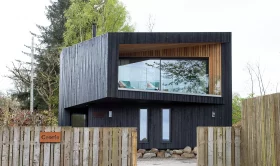






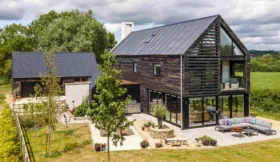













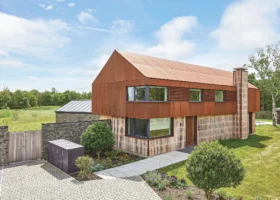
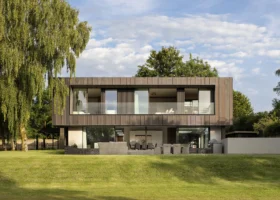


























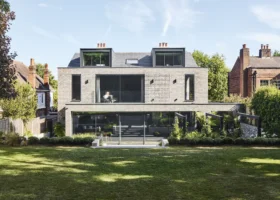











































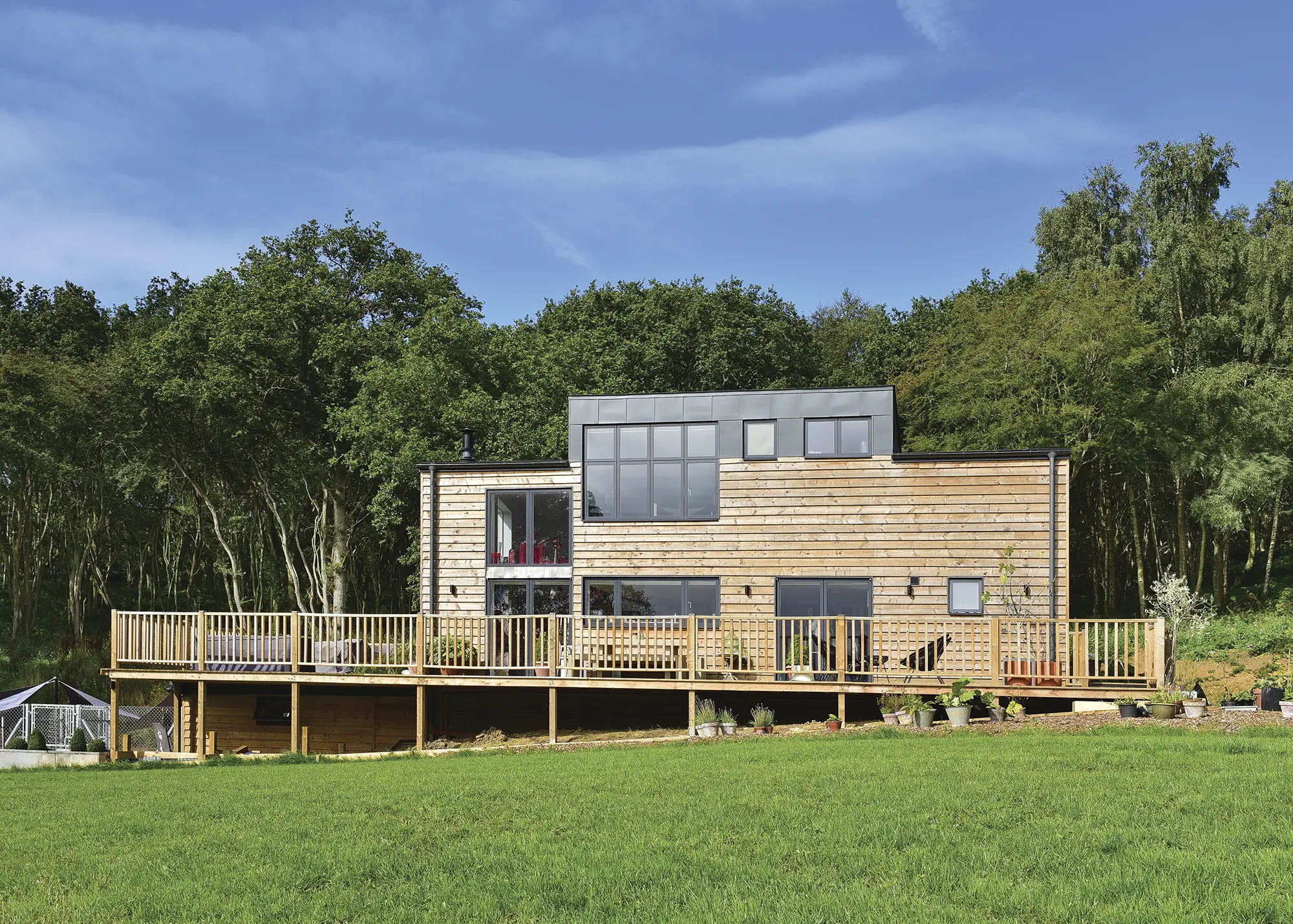
 Login/register to save Article for later
Login/register to save Article for later

